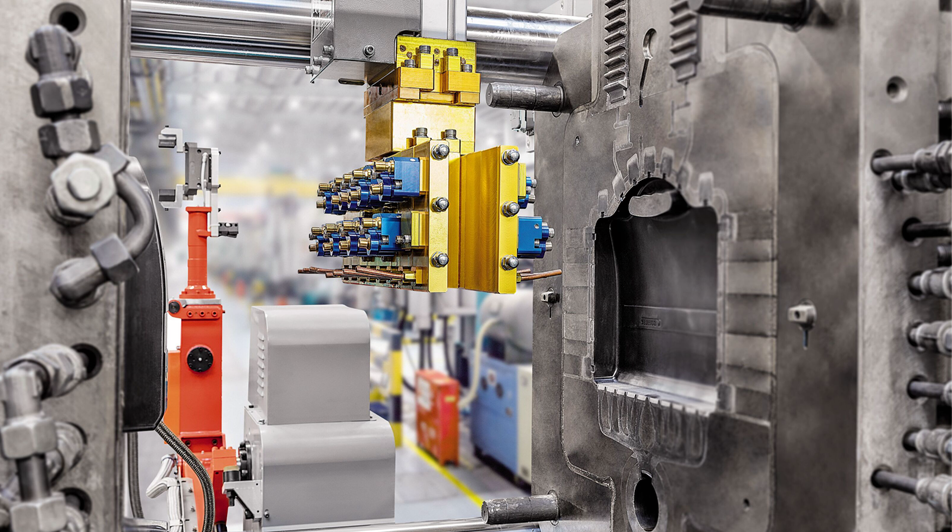Cast Aluminum vs. Aluminum: Understanding the Differences
Aluminum is a versatile material that has numerous applications in various industries. It is a lightweight, durable, and corrosion-resistant metal that has become a popular choice for manufacturing products. However, there are different types of aluminum, and it is essential to understand the differences between them to make informed decisions about their use. This article will discuss the differences between cast aluminum and regular aluminum and their applications.
What is Cast Aluminum?
Cast aluminum is a type of aluminum that is formed by pouring molten aluminum into a mold. It is a casting process that results in a part or product in a specific shape. The process involves heating the aluminum to its melting point and then pouring it into a mold. The mold is then allowed to cool, and the part is removed from the mold. Cast aluminum has a unique grain structure that makes it stronger than regular aluminum. It is also more ductile, which means it can be bent or deformed without breaking.
Applications of Cast Aluminum
Cast aluminum is commonly used in the automotive industry to make engine parts, wheels, and other components. It is also used in the production of cookware, such as frying pans and pots. Cast aluminum is an excellent material for outdoor furniture because it is weather-resistant and does not rust. It is also used in the construction industry to make decorative elements like railings and balusters.
What is Regular Aluminum?
Regular aluminum, also known as wrought aluminum, is a type of aluminum that is processed by rolling, forging, or extrusion. It is a metal that is formed by shaping it while it is still in a solid state. Regular aluminum has a uniform grain structure that makes it less brittle and more durable than cast aluminum. It is also more corrosion-resistant, which means it does not rust easily.
Applications of Regular Aluminum
Regular aluminum is used in a wide range of applications, including the production of aircraft parts, automotive parts, and construction materials such as gutters and downspouts. It is also used in the manufacturing of consumer products such as packaging materials, cans, and appliances. Regular aluminum is an excellent conductor of electricity, making it an ideal material for electrical components such as wires and conductors.
Differences between Cast Aluminum and Regular Aluminum
There are several differences between cast aluminum and regular aluminum. The primary difference is the way they are processed. Cast aluminum is formed by pouring molten aluminum into a mold, while regular aluminum is processed by rolling, forging, or extrusion. Cast aluminum has a unique grain structure that makes it stronger than regular aluminum. On the other hand, regular aluminum has a uniform grain structure that makes it more durable and corrosion-resistant.
Another difference is their applications. Cast aluminum is commonly used in the automotive industry, the production of cookware, and the construction industry. Regular aluminum is used in a wide range of applications, including the production of aircraft parts, automotive parts, and consumer products such as packaging materials, cans, and appliances. Regular aluminum is also an excellent conductor of electricity, making it an ideal material for electrical components.
Conclusion
In conclusion, cast aluminum and regular aluminum are two different types of aluminum with different properties and applications. Cast aluminum is formed by pouring molten aluminum into a mold and has a unique grain structure that makes it stronger than regular aluminum. It is commonly used in the automotive industry, the production of cookware, and the construction industry. Regular aluminum is processed by rolling, forging, or extrusion and has a uniform grain structure that makes it more durable and corrosion-resistant. It is used in a wide range of applications, including the production of aircraft parts, automotive parts, and consumer products. Understanding the differences between the two types of aluminum can help in making informed decisions about their use.
-

- Magnesium alloy die-casting Auto parts Front bumper Anti-collision beam
-

- Magnesium alloy die-casting rigid fork for bike
-

- Корпус силового теста из магниевого сплава Thixomolding
-

- OEM Die casting manufacturer produce magnesium alloy wheel for kids push bike
-

- OEM die-casted parts& components
-

- Magnesium alloy die-casting parts&components for e-bike

 0086-750-5616188
0086-750-5616188 +86 13392089688
+86 13392089688 sales@zhongmei-tech.com
sales@zhongmei-tech.com







